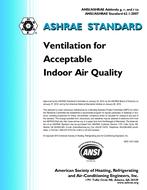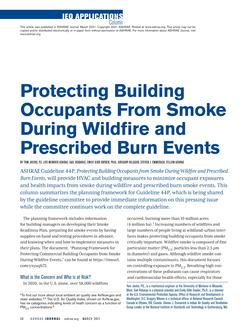A strong emphasis is currently being placed on the use of natural ventilation as a means for providing a safe and healthful indoor environment as part of green building programs. There has been an increasing interest in developing natural ventilation design strategies that can furnish adequate fresh air to the building interior and simultaneously control the indoor air quality effectively, while providing significant energy savings. In naturally ventilated spaces, furnishing a suitable air exchange rate between the building exterior and interior can create a thermally comfortable and healthy indoor environment. However, the air exchange must occur such that the indoor air quality of the building is not compromised and thermally comfortable conditions for the occupants can be maintained.
Architecture Hall is a recently renovated, naturally ventilated building located on the University of Washington campus in Seattle. The natural ventilation in this building was evaluated using a variety of experimental techniques, which included measurement of carbon dioxide (CO2) levels, air exchange rates and air velocities. High CO2 concentrations are a good indicator of inadequate ventilation rates and poor air movement in a space. Hence, a number of standards and certification programs specify the use of outdoor air monitoring based on CO2 concentrations in an occupied space. Occupant surveys, based on a U.S. EPA study, were also administered to understand and analyze occupant perceptions about the indoor thermal environment and to identify the prevalence of any building related illness symptoms.
The discussion in this paper will focus on the findings of the occupant surveys and how they relate to the measured CO2 levels, air exchange rates and air velocities in the naturally ventilated spaces. The natural ventilation function in Architecture Hall is largely climate driven. For the period of November through March particularly, outside temperatures are quite low and windows are seldom opened by the occupants, in spite of a large number of occupants being dissatisfied with the indoor environmental quality. Consequently, CO2 concentrations consistently exceed acceptable levels and very little air movement is recorded.
Citation: ASHRAE Trans., vol. 118, pt. 2, San Antonio, TX
Product Details
- Published:
- 2012
- Number of Pages:
- 8
- File Size:
- 1 file , 1.2 MB
- Product Code(s):
- D-SA-12-C015


